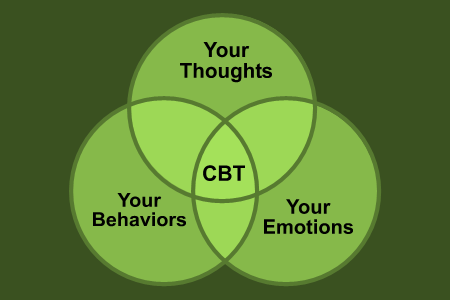Postmodern Approaches
Key Figures:
1. Steve de Shazer2. Insoo Kim Berg
3. Michael White
4. David Epston
Goals:
Helping clients understand that they are the true experts of their own lives in dealing with mental health issues.Techniques:
1. Narrative Therapy — evaluates a patient’s thoughts and behaviors in the context of their culture and the story they have written for themselves2. Solution-Focused Therapy — a short-term approach that focuses on creating solutions to problems rather than evaluating the root causes of those problems
3. Collaborative Language Systems — solves problems through talk and collaboration

Family Systems Therapy
Key Figures:
1. Alfred Adler2. Murray Bowen
3. Virginia Satir
4. Carl Whitaker
5. Salvador Minuchin
6. Jay Haley
7. Cloe Madanes
Goals:
1. Helping family members gain awareness of patterns of relationships that are not working well and create new ways of interacting to relieve their distress.2. Resolving the specific problem that brings the family to therapy.
Techniques:
1. Targeting behavior change, perceptual change, or both.2. Using genograms, teaching, asking questions, family scuppting, joining the family, tracking sequences, issuing directives, anchoring, use of countertransference, family mapping, refraining, paradoxical interventions, restructuring, enactments, and setting boundaries.



